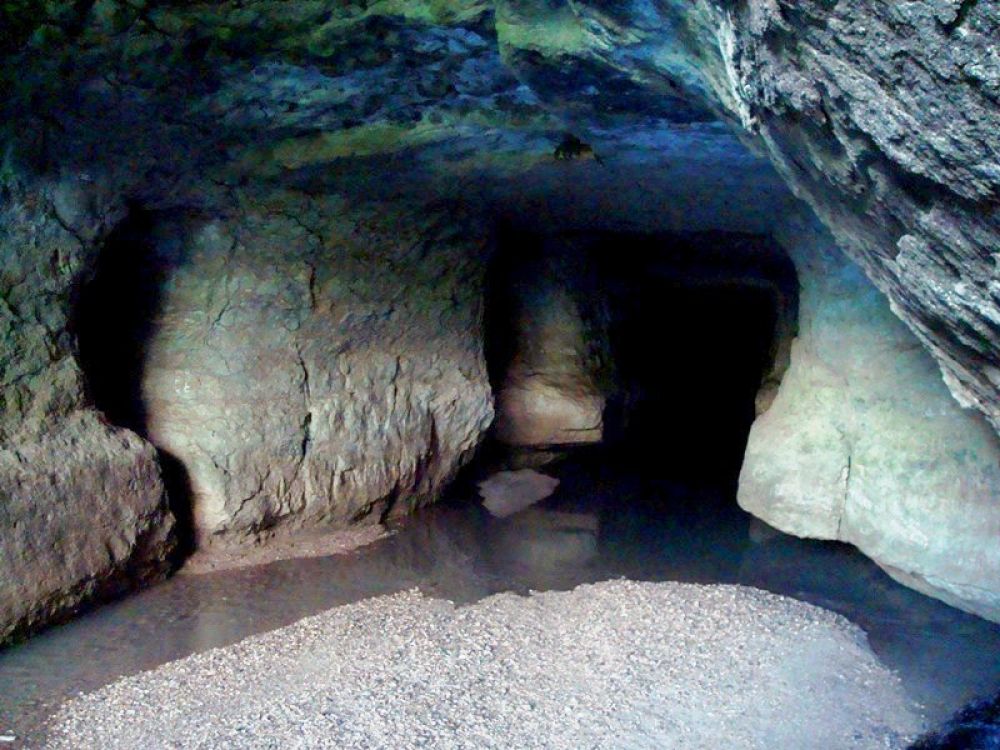

Nestled in the verdant state of Meghalaya, India, the Siju Cave, also known as Siju Dobkhakol, is one of the most remarkable natural wonders in the region. Located near the small town of Baghmara, close to the banks of the Simsang River, Siju Cave is the third longest cave in the Indian subcontinent and a prominent attraction for tourists seeking adventure and a connection with nature.
The tourism history of Siju Cave dates back to when it was first explored by a team of British geologists in the early 20th century. This extensive cave system, filled with impressive limestone formations, remained relatively unknown to the outside world for many years. It wasn't until the latter half of the 20th century that Siju Cave began to gain recognition as a tourist destination, with the Governments of India and Meghalaya taking steps to promote it.
Over the years, ecotourism has been on the rise in the state, with an ever-growing number of nature enthusiasts and spelunkers flocking to Meghalaya to explore its numerous caves and natural landscapes. Siju Cave, with its stunning stalagmites and stalactites, has become a focal point for such activities.
Named after the nearby Siju village, the cave is famous for its astonishing features such as the 'Princess Di's Chamber' containing beautiful stalactite and stalagmite formations, and the 'Titanic Hall', which is an enormous cave chamber that visitors can marvel at. Additionally, Siju is home to some of the rarest bat species in the world, making it significant not only for tourism but also for conservation and scientific research.
In recent years, there has been a trend towards sustainable tourism practices around Siju Cave. This involves the implementation of measures to minimize the environmental impact of tourism, promote the conservation of the cave ecosystems, and benefit the local communities economically.
Moreover, adventure tourism has surged in popularity, with more visitors seeking cave exploration experiences, guided walks, and the opportunity to observe the unique flora and fauna. The government and local tour operators are actively working to ensure that tourists can safely explore the caves while preserving their natural beauty and integrity for future generations.
The ongoing pandemic has also influenced tourism trends, leading to an increase in domestic travel as international travel restrictions continue to evolve. This has brought more national attention to Siju Cave as a domestic travel destination within India, showcasing its potential to a wider national audience.
Siju Cave offers a fascinating glimpse into the subterranean wonderland of Meghalaya. Its role in boosting local tourism while promoting ecological sensitivity is a testament to the growing trend of responsible tourism in India. As visitors continue to discover the cave's beauty and importance, Siju Cave's tourism history evolves, ensuring its preservation and appreciation for years to come.